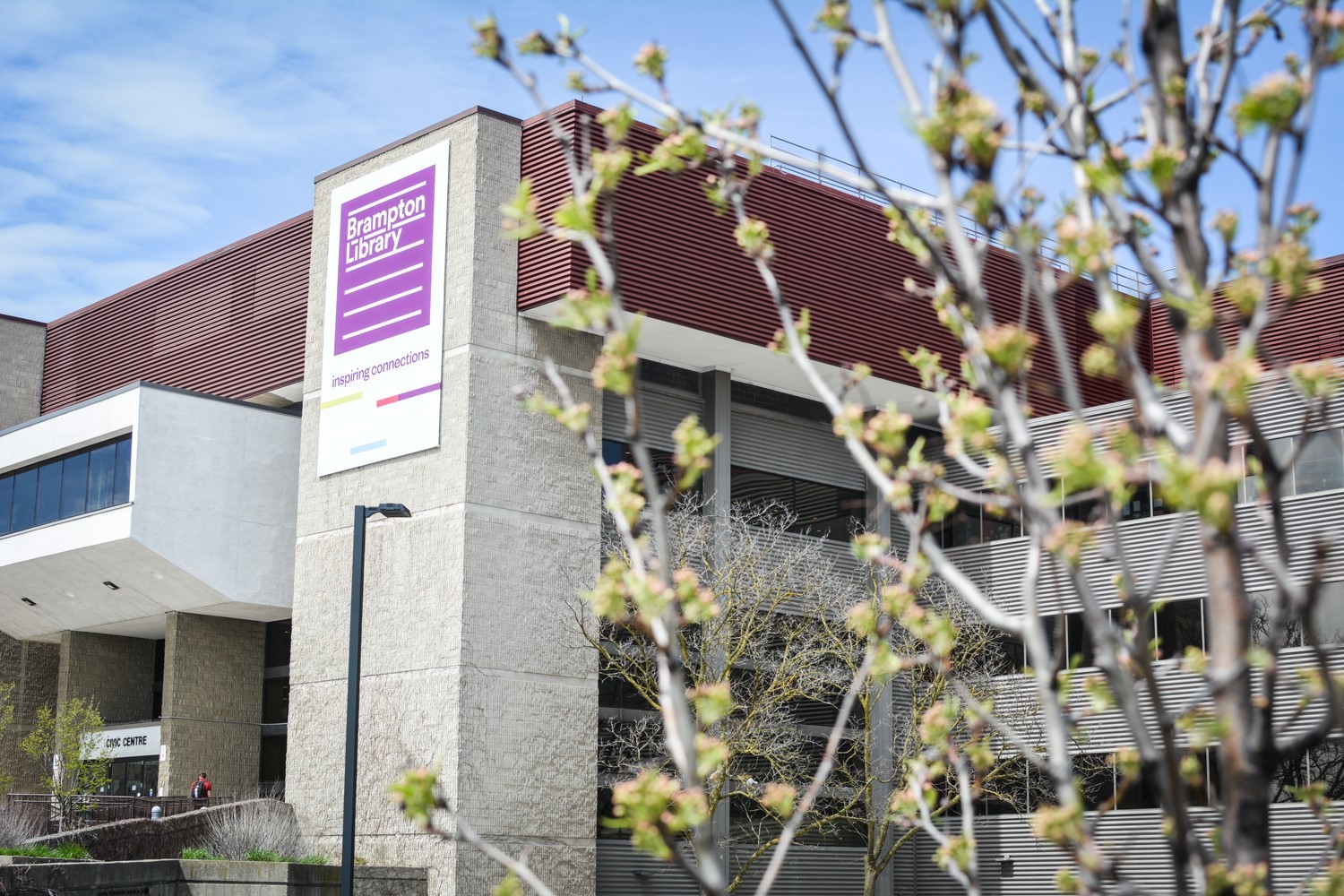
‘Innovation centre’ may be more of a central library and cost $30M extra
The city has been keeping its cards close to the chest about the Centre for Innovation, a major plank in the city’s plan to create a post-secondary ecosystem in the city. This Wednesday’s committee of council agenda appears to suggest that details on the project are finally materializing. However, there is one problem.
Nearly 81 percent of the 130,000-square-foot space will be dedicated to a new central library, some 105,000 square feet out of that total. The next biggest proposed use of space will be for the Innovation Zone, some 10,000 square feet. With a name like the Centre for Innovation, the implication is the building in the heart of Brampton’s downtown would focus mainly on being a stop on the Innovation Corridor between Waterloo and Toronto. With the lion’s share of the floorspace being dedicated to a library, the building does not feel like it could be anything else.
“The ‘CFI’ is just a project working name … Council will ultimately decide the name, with potential naming rights/sponsorship opportunities to be explored,” Councillor Michael Palleschi told The Pointer in an emailed comment Monday.
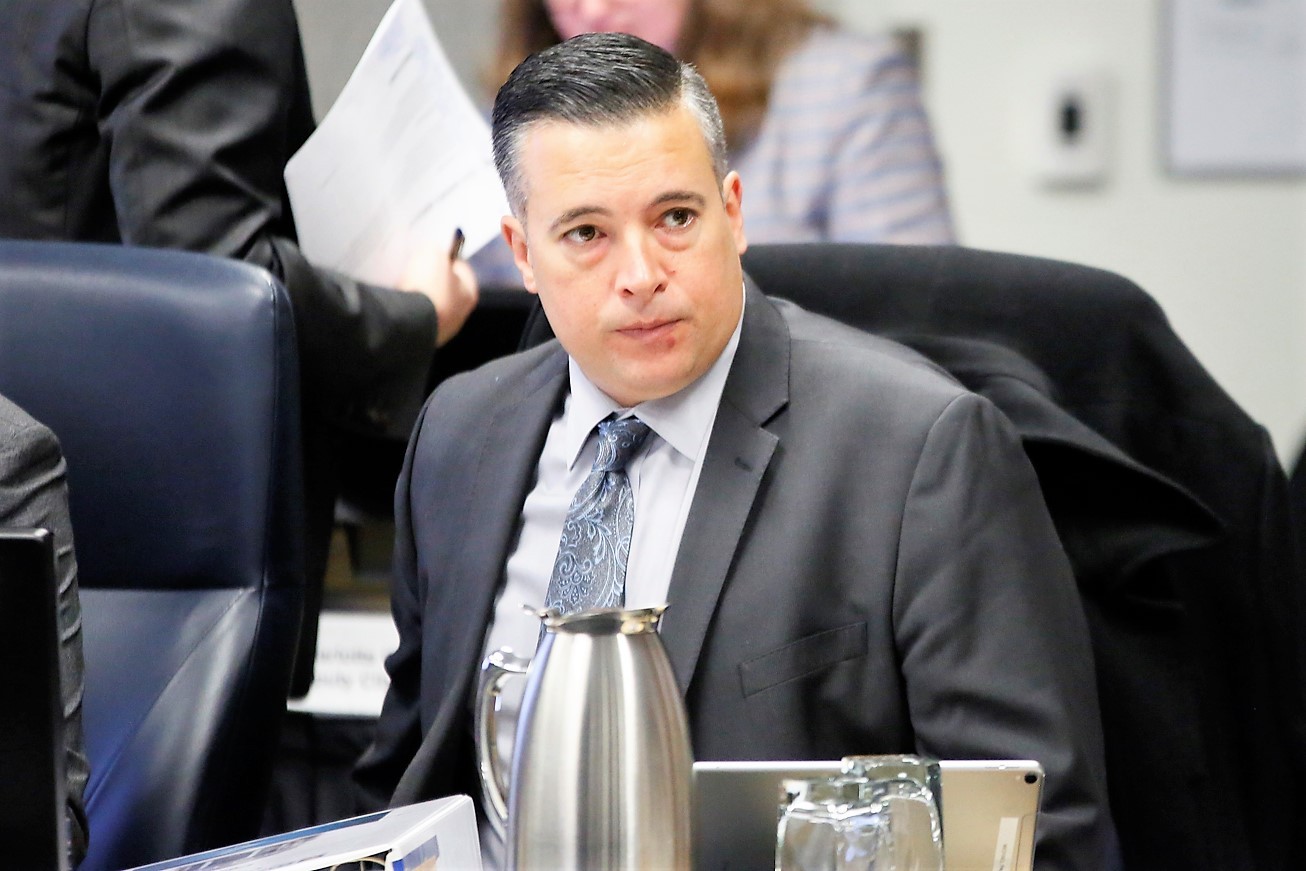
Brampton Councillor Michael Palleschi
The budget for the project has received a sizeable bump as well. On top of the $100 million already approved by the city, staff are requesting two $30-million infusions of cash: one for five additional floors in the CFI and another for an expansion of the Brampton GO station that is being touted as a transit hub — $8 million of which will be borrowed subject to provincial and federal approval for cost-shared public transit stream funding from the senior governments. If the request for $21 million in transit funding isn’t approved, the city will need to borrow $60 million all told to finance the project.
The request would bring the city’s investment in the project, including a new transit hub, up to $160 million. In addition to that, two properties have been acquired by the city to house the library and centre — 14 George St. and 21 George St. — with hopes to also acquire properties across the street from that location at 20 Nelson St. and 37 George St.
After the province pulled its $90 million pledge toward a Ryerson University satellite campus that had been planned for downtown, Ryerson Provost Glenn Craney and the previous city council decided the best way to salvage the university’s presence in the city was to continue with what the city has been calling the “three pillars.” Craney named the CFI, Cybersecure Catalyst and the Ryerson Chang School continuing education program as part of that strategy, with the city hoping to build a new campus sometime down the line. Currently, there is no existing university partner for an actual campus expansion on the scale of what had been planned for Brampton. Algoma University has announced plans to expand its small retail-style presence in the city and Mayor Patrick Brown has clearly stated he wants a full-scale university campus in the country's ninth largest city, the only municipality among the ten largest in Canada without a full university campus.
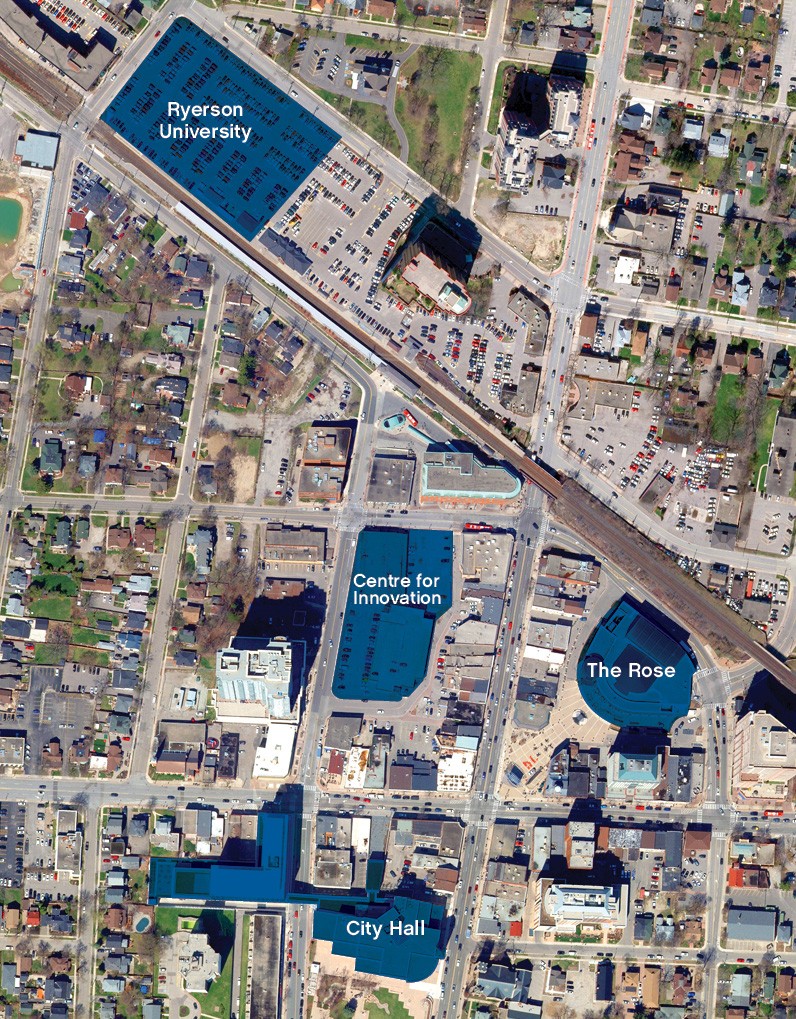
A map of the plan before Ryerson had to withdraw from the campus project
It is not known yet what function the new library will serve, whether another general city library like the seven others dotting Brampton or a more specialized reference library that might serve primarily academics, entrepreneurs or government officials.
“The final programming is not yet confirmed, but options can certainly include post-secondary institutional uses, centre for cybersecurity uses, administrative spaces, lease for office space, etc.,” Palleschi said.
The city’s plan for the transit hub might include up to 16 bus bays and a third track to be “added to the existing rail infrastructure within the CN rail corridor.” The hub could be part of a long-awaited expansion of transit in Brampton, which has been pushing for years to see all-day, two-way GO train service in the city and is now seeking once again to expand light rail into the downtown area along the Main Street corridor.
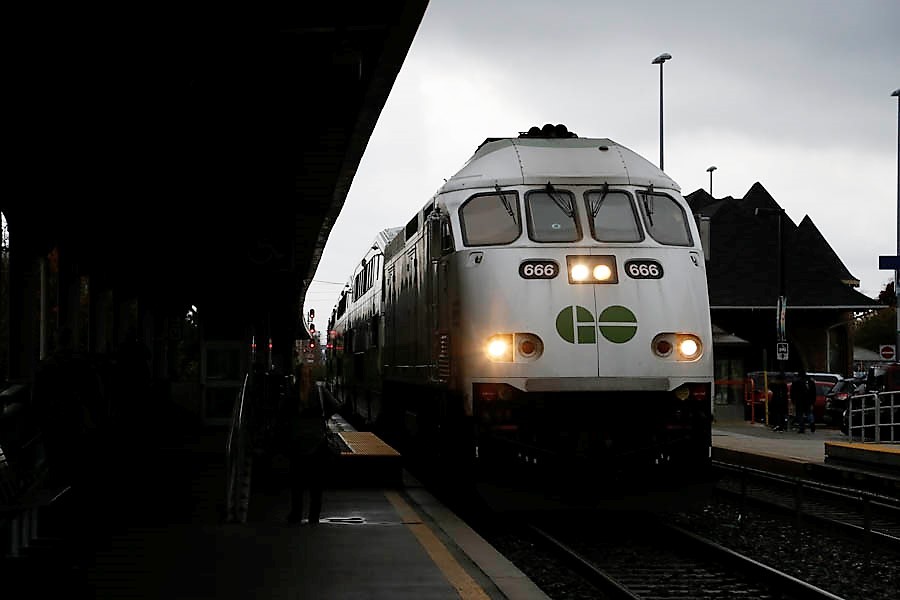
Plans for a central library in the Four Corners area have been in the works since at least 2009. The South West Quadrant Renewal project was a move under former mayor Susan Fennell's last term to modernize the area surrounding Queen Street and Main Street. The project was to be completed in three phases. The first phase has been completed, the city hall expansion known as the West Tower on 41 George St., sometimes called the barcode building.
A new 130,000-square-foot central library was to be included in phase two of the project, along with retail space, but those dreams have not materialized, as the second and third phases of what was to be a massive downtown renewal project costing more than $500 million in total, never moved forward after the controversy that mired the first phase for the city hall extension. The transformative project was cut short amid concerns over the process used to award the contract for phase one, leading to a lawsuit against the city by developer Inzola Group Ltd. over its thwarted attempt to bid on the job that went on for eight years before a recent ruling in the city’s favour.
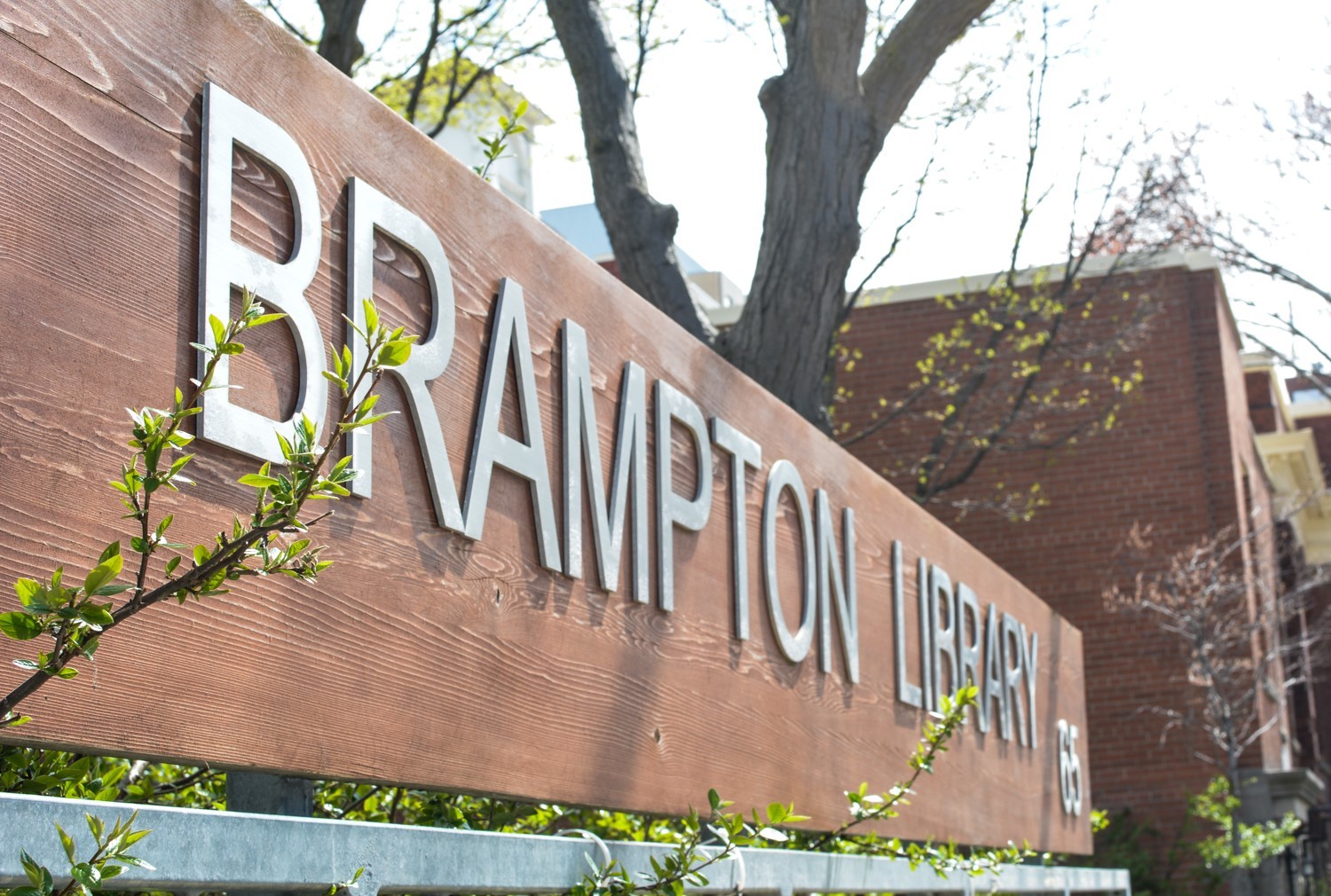
The third phase of the uncompleted project would also have included an expansion of administrative space around the existing Four Corners branch library at 65 Queen St. E., as well as retail space and, possibly, the construction of mid-rise residential units to help activate the city’s withering downtown core.
Email: [email protected]
Twitter: @mansoortanweer
Submit a correction about this story


